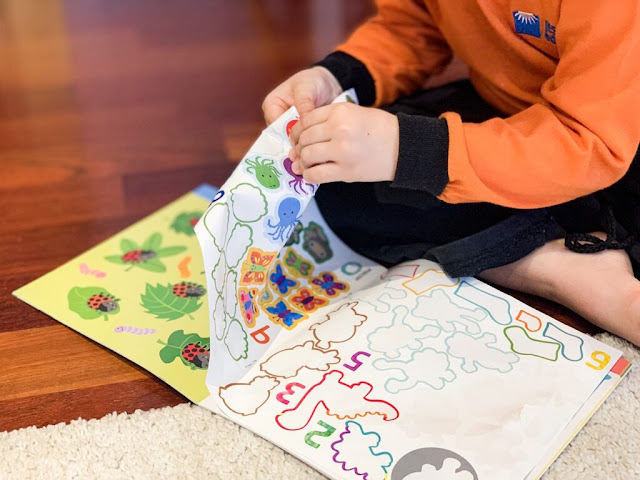How to Brainstorm Your Kids Through Children’s Story Books
In the digital age, it's become more challenging than ever to captivate a child's imagination. With video games, smartphones, and streaming services vying for their attention, it's essential to find creative ways to engage your children. One such method is through the magic of children's storybooks. These books offer an excellent opportunity to not only entertain but also educate and inspire your kids. However, not all children's books are created equal, and as a parent or caregiver, you may want to take a proactive role in brainstorming stories that will truly captivate your child. In this comprehensive guide, we'll explore how to brainstorm and create compelling children's story books that will leave a lasting impact.
Understanding the Power of Storytelling
Before we delve into the creative process of brainstorming children's stories, let's briefly discuss the importance of storytelling. Storytelling has been an essential part of human culture for centuries. Stories have the power to:
1. Ignite Imagination
Children have vivid imaginations, and a well-crafted story can transport them to magical worlds, introducing them to characters and places they might never encounter otherwise.
2. Foster Empathy
Stories often feature characters facing challenges and making choices. These narratives help children develop empathy by allowing them to see the world from different perspectives.
3. Enhance Language Skills
Listening to stories and reading them aloud can significantly improve a child's vocabulary, comprehension, and communication skills. Read our book classic stories for kids.
4. Instill Values
Many children's stories carry valuable life lessons and moral values, teaching children about kindness, honesty, and the consequences of their actions.
The Brainstorming Process
Now that we've established the significance of children's storytelling let's move on to the process of brainstorming compelling story ideas:
5. Identify Your Child's Interests
Start by considering your child's age, interests, and hobbies. What subjects fascinate them? Whether it's dinosaurs, space, or fantasy creatures, tailoring your story to their interests will ensure they stay engaged.
6. Draw Inspiration from Everyday Life
Sometimes, the best stories are those rooted in everyday experiences. Think about situations, conversations, or events from your own life that could be turned into a captivating narrative. Also, go children book publisher.
7. Create Memorable Characters
Engaging characters are at the heart of every great children's story. Develop characters with unique personalities and relatable traits. Children should be able to connect with them on some level.
8. Craft an Engaging Plot
A well-structured plot is crucial. Consider the story's beginning, middle, and end. Build tension and excitement while keeping the pacing suitable for your child's age.
9. Include Teachable Moments
As mentioned earlier, stories can impart essential life lessons. Embed these lessons subtly into your narrative, allowing your child to learn while being entertained.
10. Seek Feedback
Before finalizing your story, share it with your child or other kids in your life. Their feedback can provide valuable insights and help you refine your tale. Get your skill full go this activity books for kids.
Conclusion
In a world filled with distractions, children's storybooks remain a timeless way to spark creativity, imagination, and a love for reading in your child. By following the steps outlined in this guide, you can become a master storyteller for your kids. Remember, the key to a successful children's story is not just in the words but in the shared moments and memories you create together through storytelling. So, go ahead and embark on this wonderful journey of storytelling with your child, and watch their world expand one page at a time. Happy brainstorming and happy reading!



Comments
Post a Comment